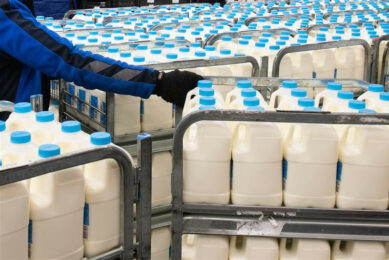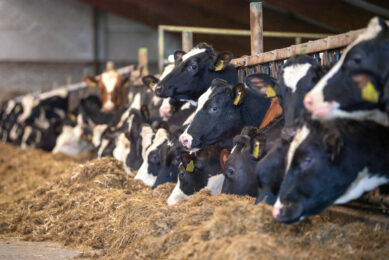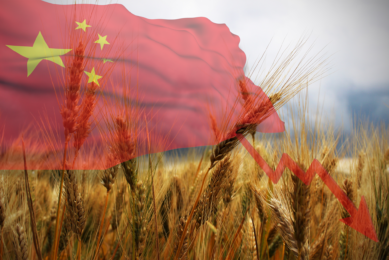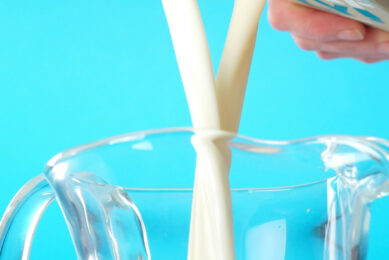2021: Global dairy outlook remains optimistic
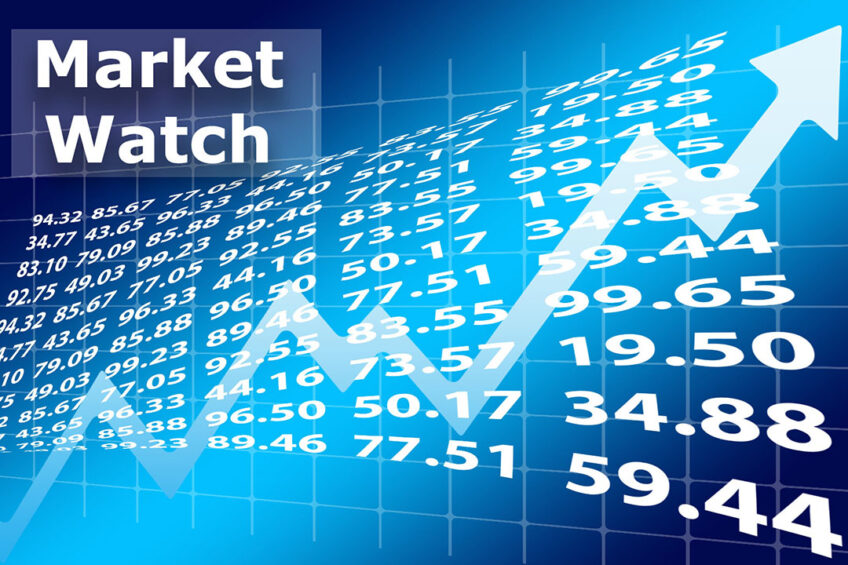
The global outlook for dairy remains optimistic thanks to strong commodity prices, forecast economic growth in many regions and improving consumer sentiment, according to agribusiness specialist Rabobank.
In its Global Dairy Quarterly report for Q4 the bank says global milk production growth is, however, projected to moderate in 2021 after a strong 2020, with forecast growth of around 2.7 billion litres of milk equivalent compared to 4.5 billion litres in 2020.
Dairy analyst Michael Harvey of Rabobank points out that that the milk production growth across the global Big-7 dairy exporters (New Zealand, Brazil, Argentina, Uruguay, EU, US and Australia) was surprising in 2020. The growth in liquid milk equivalent (LME) was at its highest since 2017. But the Rabobank analyst expects supply growth would now slow across all export regions.
![]() Global dairy market: Overview of prices for: raw milk, dry whey, skimmed milk powder, cheese and butter, as well as global dairy trade and world prices for dairy products.
Global dairy market: Overview of prices for: raw milk, dry whey, skimmed milk powder, cheese and butter, as well as global dairy trade and world prices for dairy products.
“The EU and South America should see the largest slowdowns next year, with output in Oceania being flat,” analyst Harvey says. As seasonal production slows in the northern hemisphere, demand projections look to remain stable. And strengthening retail performance in the wake of Covid-19 will further support commodity prices.
Several factors will positively impact consumer sentiment in key dairy markets in 2021.
“Commodity prices remain at higher levels after a rally in recent months, and we expect these prices to remain into 2020,” the dairy analyst says. “In Europe and the US, previous dairy stockpiles are now reaching commercial channels, which is further positive good news for prices.”
Several factors will positively impact consumer sentiment in key dairy markets in 2021, is the expectation, including the advanced states of several Covid-19 vaccines, less political uncertainty after the US election and forecast economic growth in most regions.
Australia
Milk production has grown in all Australian regions, except Queensland, according to the report. Although with the season having passed its peak in October, Rabobank has now trimmed the full-year production growth forecast slightly, expecting growth to remain at 2% and reach 8.95 billion litres.
With favourable seasonal conditions and cheaper feed bills after the recent bumper grain harvest, Australian dairy farmers are well placed to enjoy consecutive seasons of dairy farm profitability. The limited national dairy herd remains a constraint on milk production growth, with cull cow prices still elevated.
Rabobank’s farmgate milk price forecast has been revised sightly higher at US $4.80 per kg milk solids for 2020/21. And while the domestic dairy market continues to perform well, milk supply growth is outpacing total domestic dairy demand – with Australia’s exportable surplus expected to expand through the rest of the 2020/21 season.
The Rabobank report says Chinese dairy imports are set to decline in 2021, with milk production in China projected to increase at a strong pace of around 6% year-on-year through early 2021, increasing to 6.5% in the second half of the year. Chinese dairy inventories have accumulated during the second half of 2020, and LME imports are expected to see a double digit drop in 2021.
![]() Global dairy market: Overview of prices for: raw milk, dry whey, skimmed milk powder, cheese and butter, as well as global dairy trade and world prices for dairy products.
Global dairy market: Overview of prices for: raw milk, dry whey, skimmed milk powder, cheese and butter, as well as global dairy trade and world prices for dairy products.
The Australian Rural Bank expects that the increasing milk supply in Australia will provide a higher exportable surplus, which is likely to lead to growth in export value of 4-5% for 2020/21.
“Demand for milk powder is expected to peak in early 2021 before tapering off, as China looks to increase its stockpile,” the bank says in its outlook for 2021. “Demand for cheese from Japan remains sluggish, a combination of increased local milk production and a lack of foodservice demand. As a result, cheese imports are expected to be flat in 2020/21.”
New Zealand dairy giant Fonterra has an optimistic view of its export to China. The cooperation recently has narrowed and lifted the bottom end of the forecast Farmgate Milk Price range from US $4.50 – $5.21 per kg milk solids to US $4.78 – $5.21 per kg milk solids.
Fonterra CEO Miles Hurrell says strong demand for New Zealand dairy has led to the lift. “China is continuing to recover well from Covid-19 and this is reflected in recent Global Dairy Trade (GDT) auctions with strong demand from Chinese buyers, especially for Whole Milk Powder, which is a key driver of the milk price,” CEO Hurrel emphasises.
“The impact of Covid-19 continues to play out globally, and we continue to have a watchful eye on the increasing Northern Hemisphere milk production and New Zealand dollar,” he says. “However, we have contracted a good proportion of our sales book for this time of the season.”
Join 13,000+ subscribers
Subscribe to our newsletter to stay updated about all the need-to-know content in the dairy sector, two times a week.



